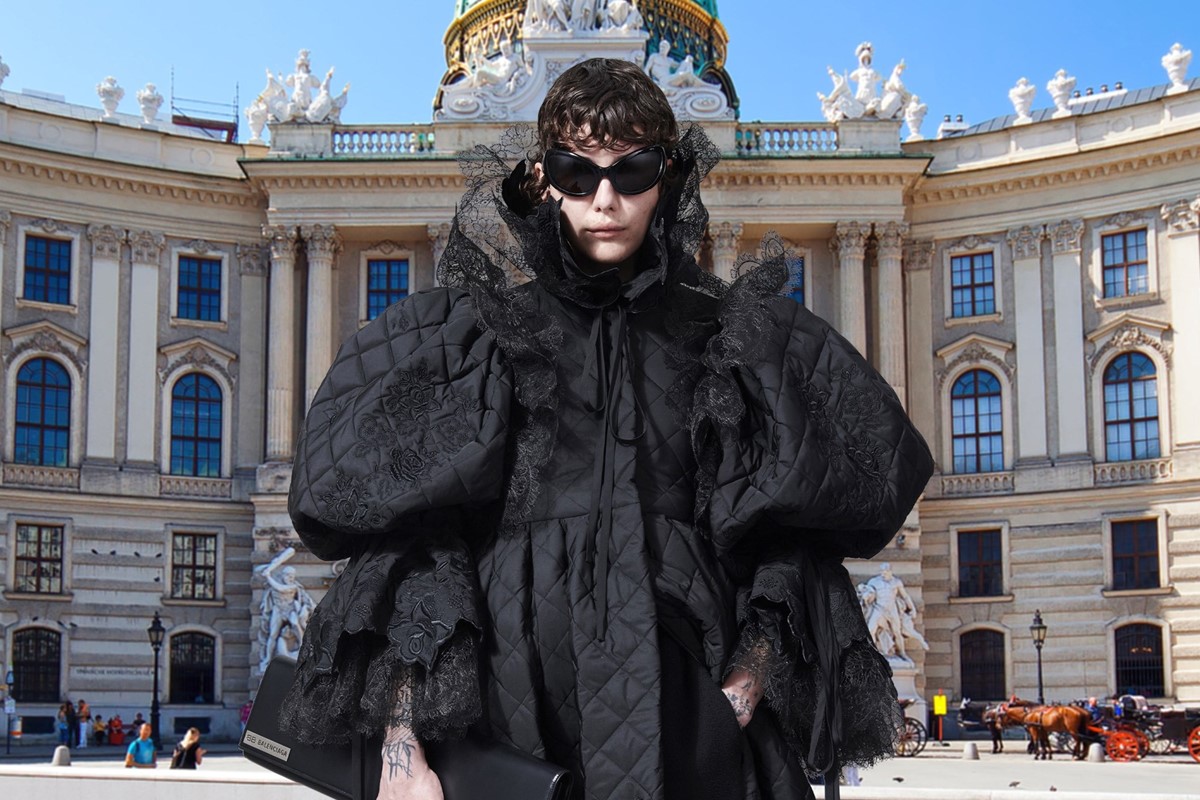

Heels Were Once Mandatory at Cannes—Should They Still Be?
It’s one of the Cannes Film Festival’s most memorable red carpet moments: In 2018, actor Kristen Stewart was attending the festival’s premiere of BlacKkKlansman, when she ditched her sky-high Christian Louboutin pumps midway through walking the step-and-repeat. The move instantly made headlines. The festival has a long-standing, though unofficial, rule that women must wear heels on the carpet, and many saw Stewart’s impromptu undressing as an act of defiance. “I feel like you can’t ask people that any more,” Stewart said in 2017. “If you’re not asking guys to wear heels and a dress, you cannot ask me either.”
Stewart wasn’t the first star to make such a statement. In 2016, Julia Roberts and Sasha Lane went barefoot at Cannes as well. But heels still dominate the Cannes red carpet. The festival kicked off yesterday, and stars like Jodie Foster and Melanie Laurent showed up in towering stilettos. This very well may have been their choice, but the bigger question is: Should they have to?
The Cannes red carpet heel rule has never appeared in writing, rather it has been more of an unspoken requirement. While formal dress codes have been explicitly stated on invitations, no mention of heeled footwear has ever been codified. But Cannes, even in the world of award shows, requires a heightened level of glamour. “The [Cannes] carpet is the carpet,” Chloë Sevigny, a frequent festival attendee, tells Vogue. “Being in France, there’s a level of elegance that’s encouraged—expected, maybe. But it is a kind of old-fashioned and archaic rule. Women should be able to wear what they want to wear.”
The so-called heels rule has become the stuff of legend due to reports of women being turned away because of their shoes. In 2015, a group of women in their 50s were turned away from the Carol premiere at the festival, due to their shoes being not “tall” enough. It came to light later that some of the women in question had medical conditions that actually prevented them from wearing stilettos. The custom, then, was seen as discriminatory and even ageist. (Thierry Fremaux, the festival director, later denied on Twitter that this is an official rule.) Since then, the festival’s stance on the subject has remained murky at best. Heels are still encouraged and guests adhere to that, but those who wear flats will not suffer consequences or be turned away. (In the past, men who refused to follow the fashion rules have been denied entry to the event as well; in 1960, Tropic of Cancer author Henry Miller was famously barred from the festival’s opening ceremony due to his refusal to wear a dinner jacket.)
As someone who’s navigated the Cannes carpet many times, Sevigny says she understands the allure of heels on it. “I love wearing heels and it helps me feel more powerful. To me, it’s part of the joy of dressing—to wear something you don’t wear every day,” Sevigny says. “But I also think a flat is very chic. The rule should just be dress shoes.” Top Hollywood stylists agree with Sevigny’s take, but based on their experiences at the festival, many stars would actually rather be in a heel. “My clients are usually very open to wearing heels, as it elongates the figure,” says stylist Philippe Uter, who has dressed Natasha Poly and Milla Jovovich at Cannes. “The taller you are, the better a gown will look on the carpet,” says Uter. Jonathan Huguet—who styles Isabelle Huppert, Sophie Marceau, and Emmanuelle Béart—echoes the sentiment. “When you wear heels, it gives you an attitude,” he says. “On the red carpet, you’re playing a glamorous character. Heels give you that; it changes how you move. That’s the price you pay.”
Flats have begun slowly infiltrating the Cannes red carpet (albeit many guests still seem wary of wearing them). In 2019, French actor Maimouna N’Diaye attended the premiere of Young Ahmed in chic pink-satin ballet flats. Before that, actor Susan Sarandon wore black pointy-toe flats in 2016, and the French model Inès de la Fressange has also worn flat sandals on numerous occasions. Stylists like Uter say they have worked with clients at Cannes who aren’t fans of high heels, and made it work for the event. “If my client doesn’t feel good in heels, we try to find a loophole and choose a shorter heel that will most likely be hidden under the dress,” says Uter.
From a fashion perspective, maybe the most compelling reason to do away with the custom for good is that it feels a bit behind the times. For a few seasons now, designers have proposed grounded footwear that is more fitting for modern, sophisticated women. At Dior’s couture show this week, Maria Grazia Chiuri showed elegant ball gowns with barely there mesh flats. At The Row, Mary-Kate and Ashley Olsen’s timeless fall designs were paired with leather mules that were reminiscent of house slippers. Louis Vuitton and Alexander McQueen, both of which have a huge presence at Cannes, have been pushing combat boots and sneakers instead of dainty heels too. Of course, we've also been living through a pandemic, which has caused many people to retire heels for good after months of not wearing them. Elegant flats offer even the biggest of fashion enthusiasts the option to ease back into dressing up, without having to re-train your feet into stilettos.
Other big awards ceremonies—such as the Oscars—have also been loosening up their dress codes and allowing for more individual self-expression. “When you’re watching the Oscars, you see guys show up on the red carpet in dresses,” says Huguet. “You can be whatever you want now.” Those who attend Cannes regularly, then, predict that the heel mandate is slowly on the outs. Sevigny says Cannes will always be a place where one can be glamorous for a night, but that should apply to anyone, whether you’re in a stiletto or a sneaker. “I saw a lot of women the last time I was [at Cannes] that just wore suits, and they’re not gonna wear heels—that’s not who they are,” says Sevigny. “It’s one of the last places where there’s this opportunity to really wow the world and have this fantasy. But some people don’t buy into that—and there should be room for them.”










